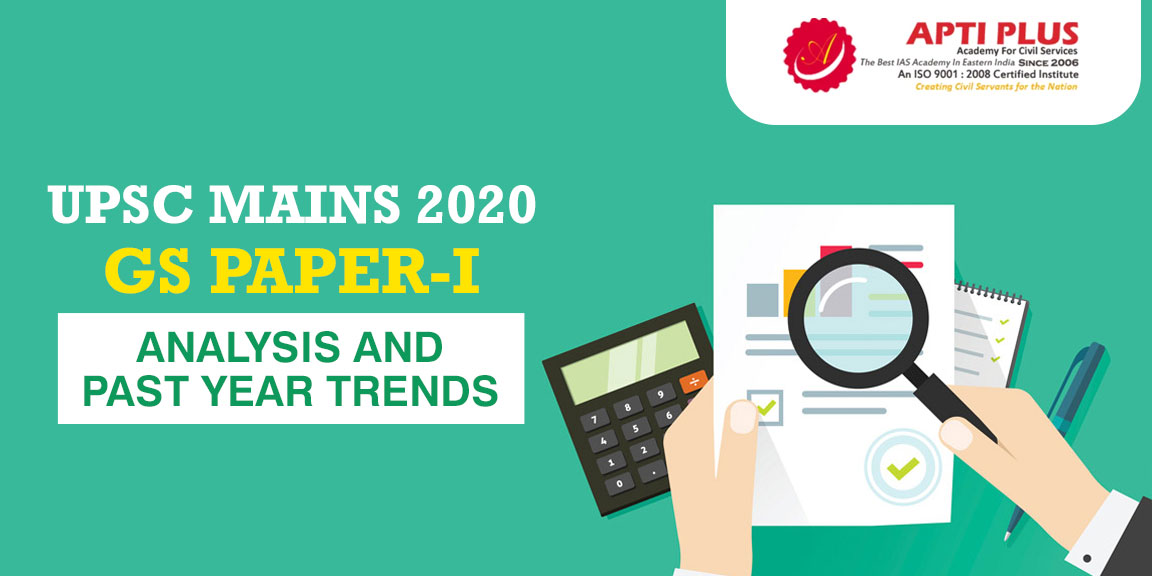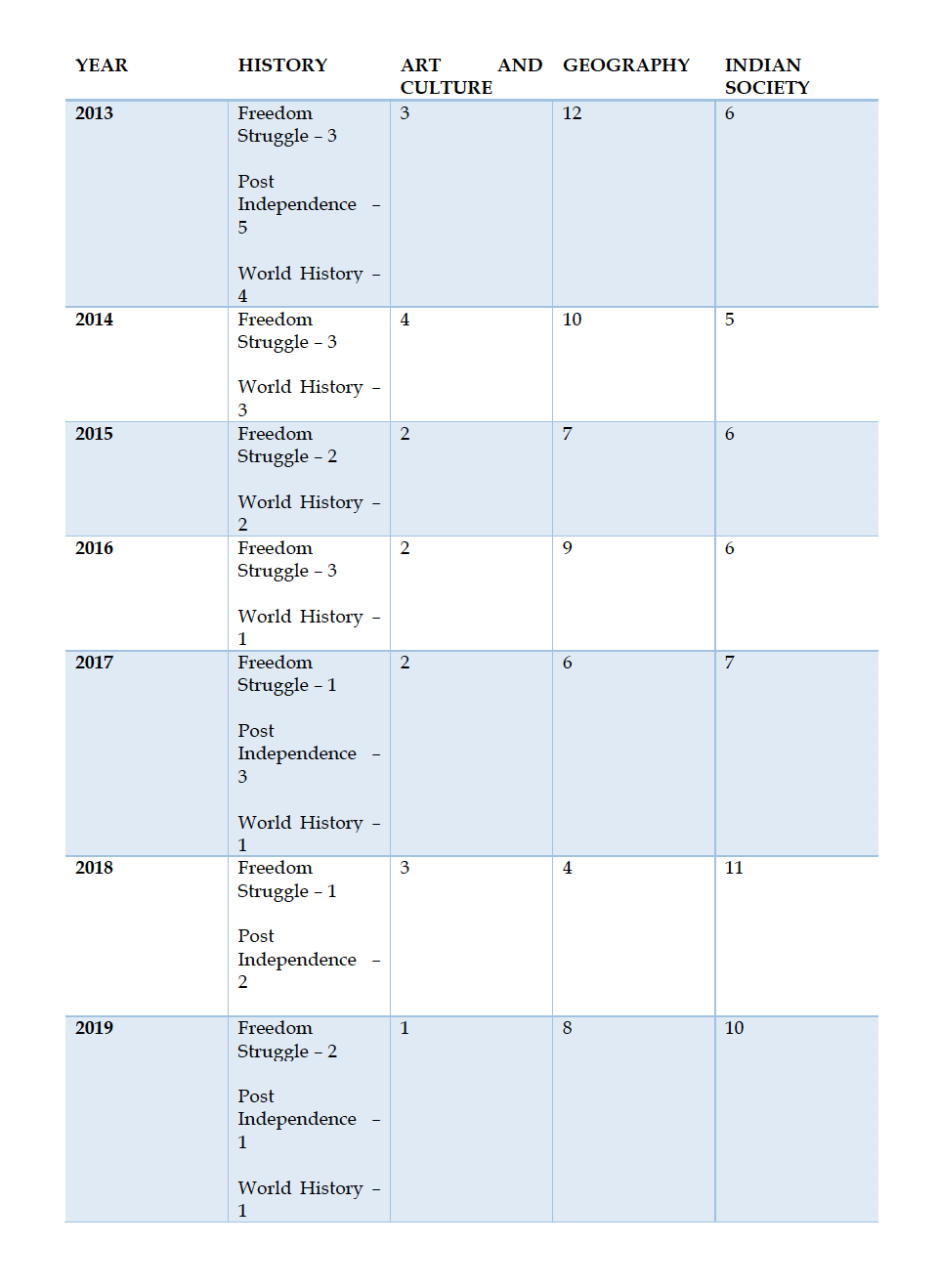Free Courses Sale ends Soon, Get It Now


Free Courses Sale ends Soon, Get It Now


UPSC MAINS 2020 GS-I PAPER ANALYSIS AND PAST YEAR TRENDS

UPSC conducted the General Studies Paper 1, as part of the Civil Services Main Exam 2020 on 09-01-2021.
QUESTIONS:
ANALYSIS OF 2020 PAPER:
LEVEL OF QUESTIONS

The major topics where questions are asked from in the GS I paper are:
ANALYSIS OF PREVIOUS YEAR PAPERS:

This year was on the easier side compared to previous years. Having said that, what ultimately matters in this exam would be the quick comprehension of each question and proper answer writing skills.
BEST WISHES!!
© 2024 iasgyan. All right reserved